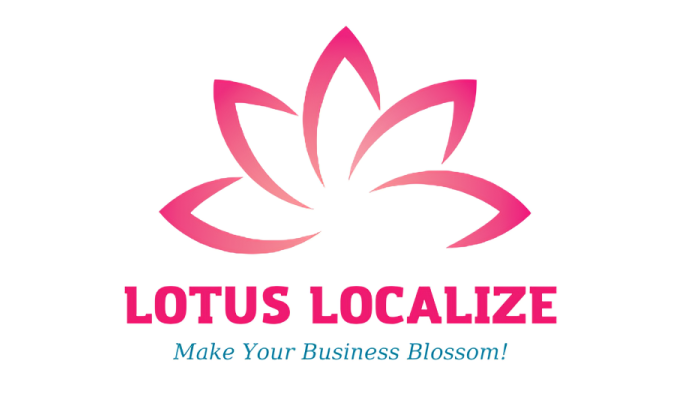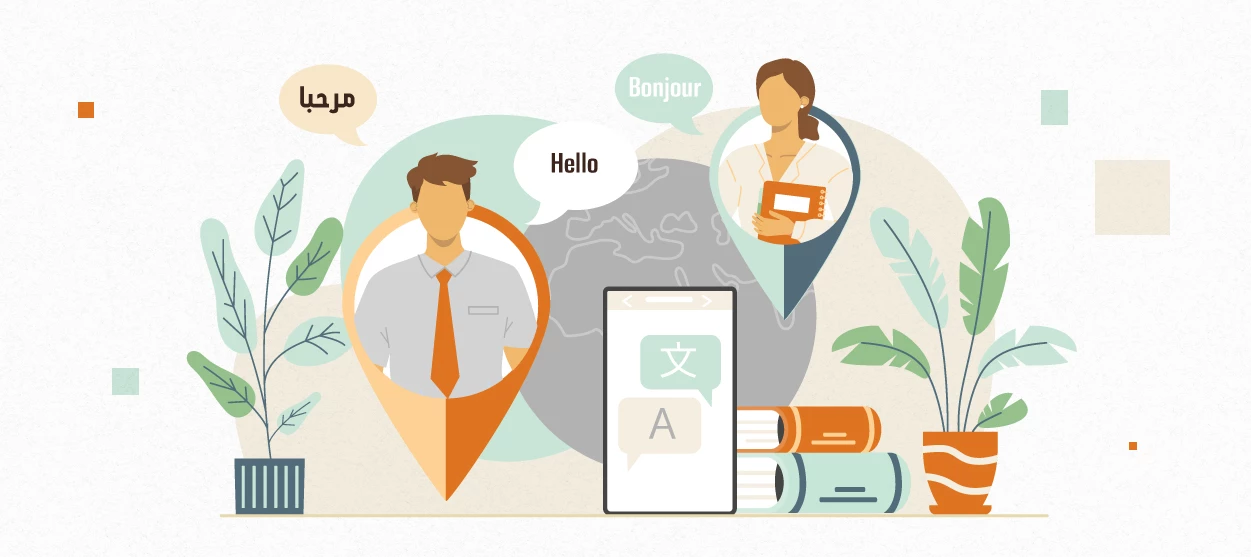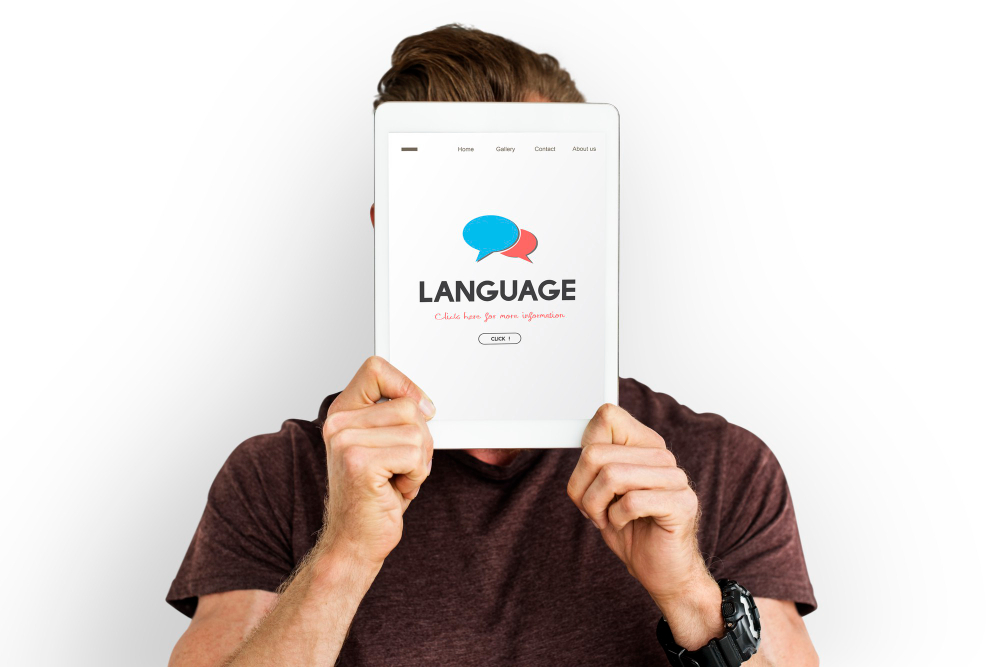As analyzed and compared in the previous article, it can be seen that while translation and interpretation have distinct characteristics and properties, both are professional translation services that play a role in converting content and messages from one language to another.
So, as translation services, what strengths and limitations do translation and interpretation have in the process of supporting businesses, and individuals in carrying out projects, and achieving international goals?
In this article, let’s explore the advantages and disadvantages of two translation services, “translation” and “interpretation,” with Lotus Localize, to make the best decisions for your translation service selection.
1. Concepts of “Translation” and “Interpretation”

1.1. What is Translation?
Translation is the process of converting text or content from one language to another so that the content and meaning of the original text are preserved and understood accurately in the target language.
Translation work is usually carried out by a person called a “translator,” who needs to have extensive knowledge of both languages as well as an understanding of the context and grammar of both languages to translate accurately and convey meaning. Translation can apply to various types of texts, including literary texts, technical documents, medical texts, and many other fields.
Read more: TOP 8 IMPORTANT TRANSLATION SKILLS YOU NEED TO HAVE
1.2. What is Interpretation?
Interpretation is the process of converting language from one language to another directly and immediately, usually in speech or speech. The interpreter, also known as an “interpreter,” often instantly converts content from the source language to the target language without the need for written text.
Interpretation requires the interpreter to have good listening skills and the ability to quickly and accurately convert meaning in almost real-time. This often occurs in situations such as meetings, speeches, live television events, or immediate communication between speakers of different languages.
2. Comparing Similarities and Differences Between Translation and Interpretation

2.1. Similarities
The similarities between translation and interpretation services include:
Common goal: Both types of services aim to convert content from one language to another accurately and understand the meaning.
Language proficiency: Both translators and interpreters need to have extensive knowledge of at least two languages (source and target languages) to perform their tasks effectively.
Use of tools: Both types of services can use support tools such as dictionaries, computers, or translation software to assist in the translation process.
Responsibility for conveying meaning: Truthfulness and accurate conveyance of the meaning of the message from the source language to the target language is central in both types of services.
2.2. Differences Between Translation and Interpretation
However, it is essential to note that there are significant differences between translation and interpretation. Translation often involves written text and is carried out more carefully, while interpretation is the direct and immediate conversion of language in speech or speech. Specifically, the differences between these two types of services include:
Data type:
- Translation: Involves converting written text from one language to another. Translation is often applied to documents, books, articles, and other texts.
- Interpretation: Involves converting spoken or speech from one language to another. Interpretation is often applied in direct communication situations, such as meetings, speeches, or direct interactions.
Time:
- Translation: Can take a longer time to ensure accuracy and full conveyance of meaning from the source text to the target text.
- Interpretation: Often takes place in real time, immediately, and interpreters must convey meaning quickly and flexibly.
Format:
- Translation: Involves changing the language in written text, often including adjusting grammar, sentence structure, and word choice.
- Interpretation: Requires interpreters to convert language without changing the original structure or grammar of the spoken sentence.
Support tools:
- Translation: Typically uses support tools such as dictionaries, translation software, and reference materials.
- Interpretation: Requires interpreters to perform tasks without support from writing or translation tools.
Skills required:
- Translation: Requires the ability to grasp language and knowledge of the culture, context, and specialized field of the text.
- Interpretation: Requires listening and accurately conveying speech in real-time, along with the ability to handle direct communication situations.
In summary, translation and interpretation both have the goal of converting language, but they differ in terms of data type, time, approach, and required skills.















